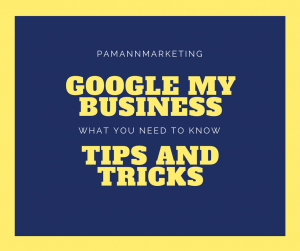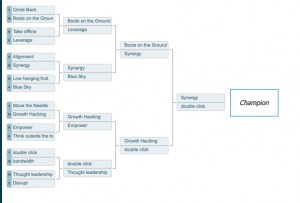A fast website isn’t the only thing that matters to customers. Learn a more holistic approach to improving digital experiences.
Website speed is often seen as the main factor impacting customer conversions. However, speed is just one element that contributes to broader digital friction. Here’s why taking a more holistic view of digital experience is key and how to balance best practices with your business’s unique circumstances.
Factor fixation
Recently, my boss, Ken Goldshvartz, was on The Frictionless Experience podcast to discuss putting website speed into a broader context. The discussion focused on the risks of narrowly focusing on website speed as the most important metric. Granted, boosting website speed is crucial for various initiatives, including user experience (UX) and search engine optimization (SEO), but there’s far more to broader website visitor conversion than site speed.
Goldshvartz spoke about how, in the hospitality industry, the tier of service affects the content needed to convert website visitors. While all hotel guests are interested in similar content (like descriptive text about a property and pictures of rooms and amenities), guest expectations vary from economy to upper-scale tiers.
For instance, someone looking at economy properties likely has lower expectations for content about such properties. Straightforward text and professional — but not flashy — photography will likely suffice. However, someone looking at a much more ritzy property probably expects more and higher quality photography and videos. Thus, other friction factors like functionality and aesthetics are also at play.
An economy property website could load more quickly than a content-rich site for an upscale property. The page load speed is only one of many factors to consider. While the upscale property site certainly can’t afford sluggish performance, it may require more content to seal the deal.
It is unfair to compare the site speed of sites for both tiers of hotels as an apples-to-apples comparison. The sites have different audiences that require different types of content to convert into making a reservation.
Consider differences
It is important to treat metrics such as site speed as best practices. Most best practices have merit, but practitioners must be diligent when applying them to specific circumstances. This requires considering the costs, benefits and metrics specific to a particular circumstance.
For instance, a popular best practice is making a website load as fast as possible. However, what is given up to achieve superior site performance? Do the gains for optimizing site speed more than makeup for skimping on aesthetics, functionality and usability? Those questions are only truly answered on a case-by-case basis. Best practices have merit but aren’t universal truths.
Consider how different stakeholders have different needs. This helps answer the important questions that shed light on the larger picture. It isn’t unheard of for marketing to remove fields from a form to reduce friction (and perhaps increase page speed) to boost MQLs, but that comes at the expense of SQLs for sales that now have less context about leads. So, improving a metric may help one set of stakeholders while hurting others.
Some friction is good
Site performance is a major component of digital friction. If a site, page or form sluggishly loads, then it understandably increases the time it takes for a visitor to complete a task, which may drive them away.
However, sometimes friction is important. For instance, most of us likely prematurely hit the send button on an email with a typo, mistake or incomplete thought.
The same goes for when completing a financial transaction. How many of us paid a bill using a funding source (credit card or checking account) that we didn’t intend? Default selections are helpful most of the time, but not all.
As pesky as those “Are you really sure?” pop-ups are, they’ve prevented numerous costly, embarrassing or otherwise inconvenient mistakes. Friction sometimes saves the day.
Privacy and consumer protection trends throughout the world make such friction more critical. Whether someone is opting into a marketing channel, initiating a transaction or agreeing to terms and services, friction can save all involved stakeholders inconvenience down the line.
Adding friction can help when there are product shortages. Offer to send someone an alert once the product is back in stock, accompanied by a discount as a token acknowledgment of the annoyance to salvage a suboptimal situation.
Analysis paralysis
A valid concern about considering multiple metrics and factors is the threat of analysis paralysis. This sometimes happens when the wealth of information causes people and teams to hesitate about taking action since they have so much data to consider.
While the danger of analysis paralysis is real, there are frameworks, like Decision Intelligence (DI), that can help mitigate against indecision. Making holistic decisions can occur at the speed of business needs.
Rank the importance of different factors and metrics. Not everything has to have top priority, and this can help people and teams determine which signals are the most important when plotting action.
It also helps to view maintaining a site, campaign or marketing channel as a continuous, iterative process. Acting, measuring and adjusting is a healthy approach; the danger is in inaction.
A holistic approach
There are virtues to considering multiple factors in any situation — including optimizing websites and pages for customer conversion. Fixating on one factor, like site speed, is not wise.
While focusing on one or a few facets of a situation can yield positive outcomes, the key question is: How much better can things get if we consider more than a few factors?
The post Optimizing digital experiences: Don’t focus on just one metric appeared first on MarTech.
MarTech(13)






